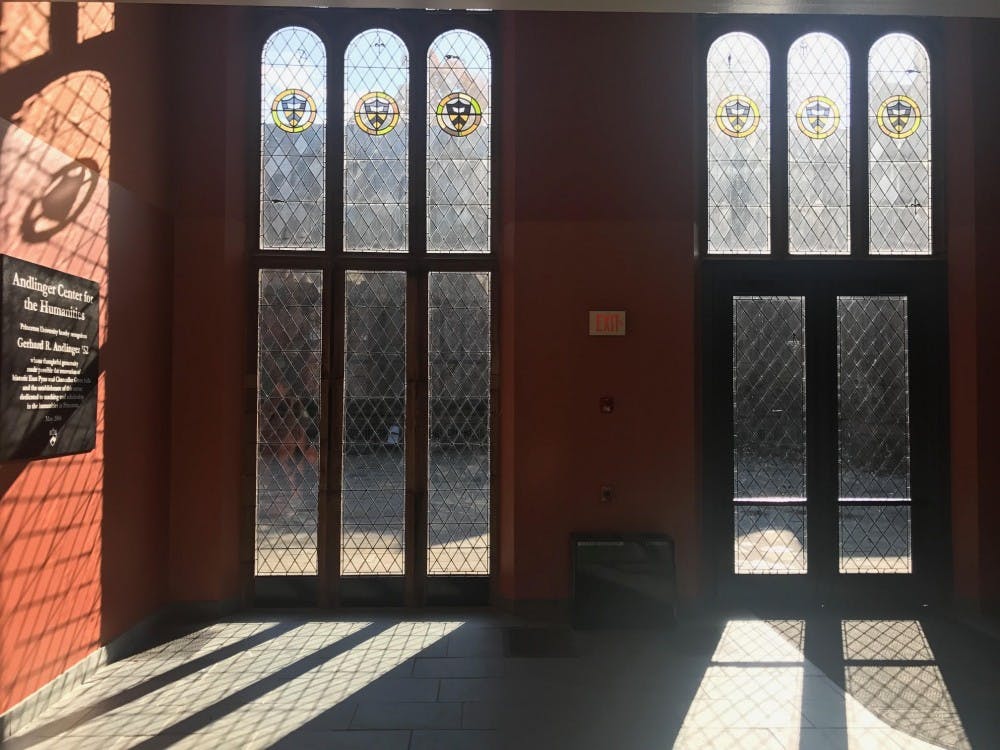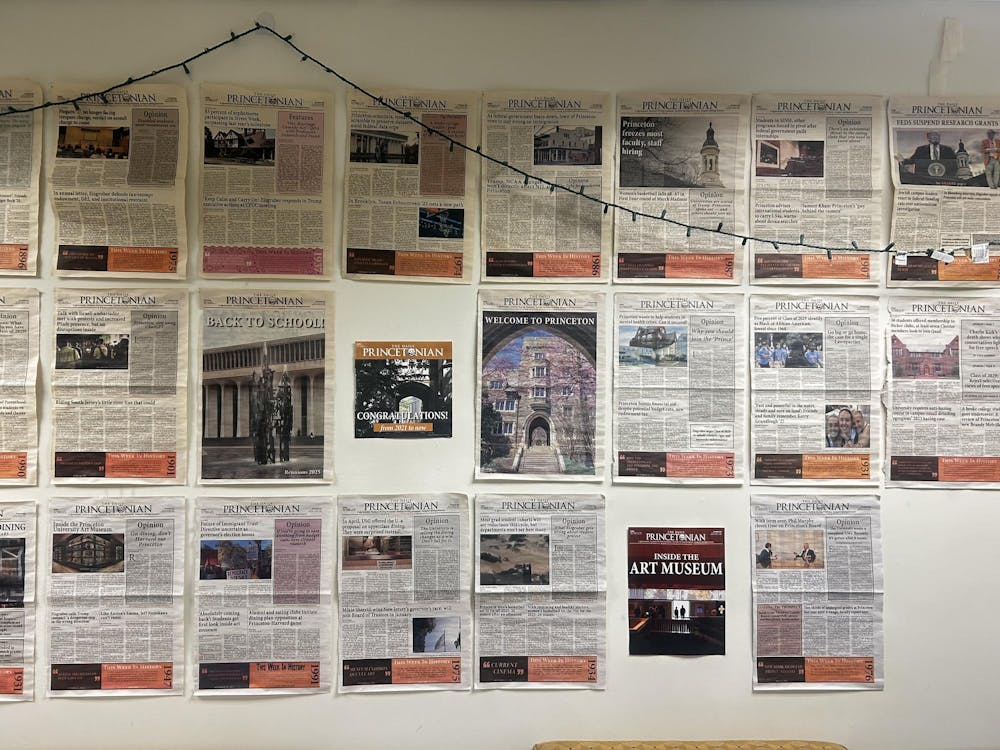While taking Arabic over four semesters here at Princeton, I have learned about the language as well as about the complexities of incorporating lessons about culture and religion into language instruction. Yet there’s one dynamic I’ve seen clearly: Arabic courses at Princeton identify the language as representative of the people of a single culture and religion — Islam. This teaches Princeton students to consider the Arab and Islamic world as a monolith, excluding diverse groups such as Jewish, Christian, Baháʼí Arabs, as well as non-Arab Muslims. When presenting regional cultures, Princeton should seek to teach diversity rather than try to encourage a uniform perspective.
Throughout all of the introductory Arabic sequence courses, I’ve seen Arabic presented as an extension of Islam many times. For instance, the textbook teaches students traditional Islamic phrases at a disproportionate rate compared to those from other religions, and the lecturers have sometimes referred to Islamic law as “Arab law.” This sends the message that Islam is the only religion practiced by Arabic speakers, which is factually incorrect — there are prominent Jewish, Christian, and Baháʼí communities, not to mention Zoroastrianism and many others. Similarly, this tendency inaccurately represents Islam as a religion of only Arabic speakers, when in reality, less than 20 percent of Muslims are Arab.
However, the moment during which I felt the most unmistakable conflation of Arabic with the culture and religion of Islam was when the non-Muslim students in my Arabic class were asked by the lecturer to refrain from eating and drinking in class during Ramadan. This request made me realize a bias I had not previously observed: the only religious holidays that we had ever learned about in class were Muslim ones. This felt problematic to me as I felt uncomfortable by the demand for all students to change their behavior for the religious beliefs of some. After voicing my opinion to the class, the lecturer rescinded their request. In a subsequent conversation with the lecturer, they said that they didn’t think asking students to not eat and drink in class for Ramadan was requesting behavior from students for a religious reason but rather that it had to do with the culture of the Arab world. To me, this was curious, as I don’t subscribe to the narrative that a language has only one specific culture associated with it — especially not a language that has over 450 million speakers in 60 different countries. It is listed as an official language in about 30.
It is undeniable that the vast majority of the Arab world — 93% — is Muslim. This, however, does not mean that Islam should dominate religious and cultural lessons in Arabic classes. Minorities matter, and they should not be forgotten, especially because many religious minorities are persecuted in the Arab world. Further, these minorities demonstrate the wonderful diversity and complexity of the Arab world. Moreover, there is no single Islamic culture or version of the religion. For example, not all Muslim sects prohibit depictions of the Prophet Muhammad, nor do all Muslim women believe that wearing a hijab is a legitimate interpretation of Islam, so when only a single version of Islam is presented, some Muslims are misrepresented in their own culture and religion.
The Arab world is not monolithic; not only are there varied cultures throughout the Arabic-speaking world, but there is also no one uniform culture that exists in each Arabic-speaking country. Though in some parts of the Arab world, people do not eat or drink in public during Ramadan — indeed, in the United Arab Emirates, all individuals, including non-Muslims, are prohibited from publicly eating or drinking during fasting hours — this is not a custom practiced in every Arab country. It is impossible to import the “Arab culture” into an Arabic class because no such culture exists. My father, who grew up in Lebanon, never once discussed a cultural custom of avoiding public food consumption during Ramadan, and when I’ve visited Lebanon, this “part” of the culture has never come up. But to reemphasize an important point, his experience is not an example of “Lebanese culture,” as there is not simply one Lebanese culture. The culture in my father’s home village is different from the culture of other Lebanese communities.
There will always be more than one culture and religion practiced by people who speak the same language. Presenting languages as only being spoken by practitioners of one religion or members of one culture excludes the many others that are just as important. There is no homogenous Spanish culture, Chinese culture, or Russian culture. Even languages that are seemingly spoken by a smaller population, such as Italian, are utilized by multicultural communities.
This does not mean that we must avoid discussing religion and culture altogether in language classes. Rather, language instructors ought to highlight as many religions and cultures as possible in their instruction. Muslim holidays are important for Muslims in the Arab world, just as Jewish holidays are important for Jewish people in the Arab world, Christian ones are important for Christians, and Baháʼí ones are important for the Baháʼí community. Educators should not discuss the cultural practices of only one culture in class, but touch on practices from many cultures. Instead of leaving students with a monolithic idea of the people who speak a language, language classes should highlight the diversity of culture and religion within a specific language-speaking population.
Anais Mobarak is a sophomore from Newton, Massachusetts studying chemistry.








